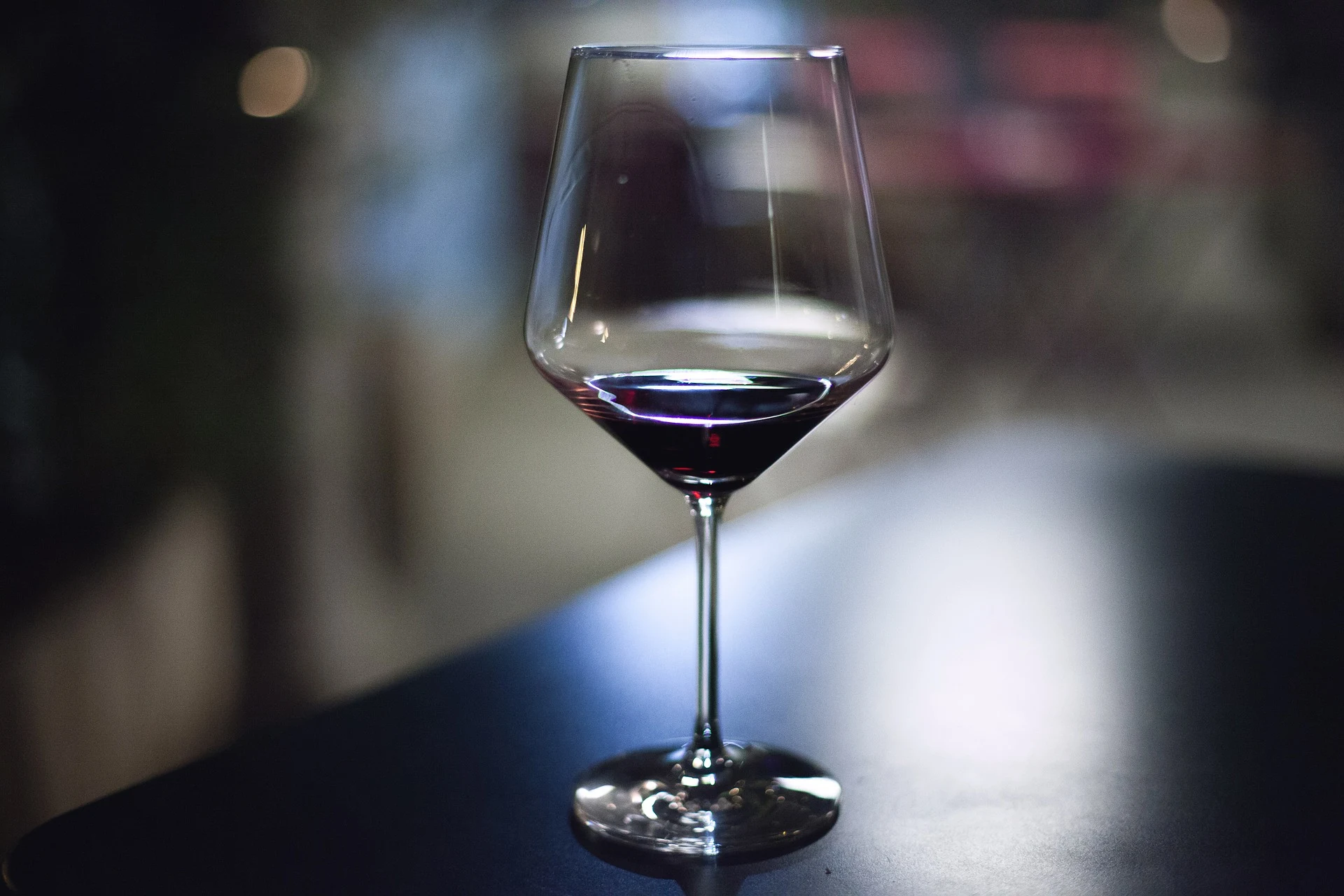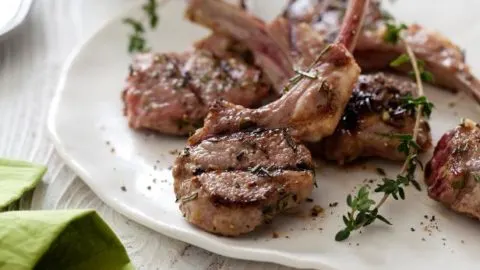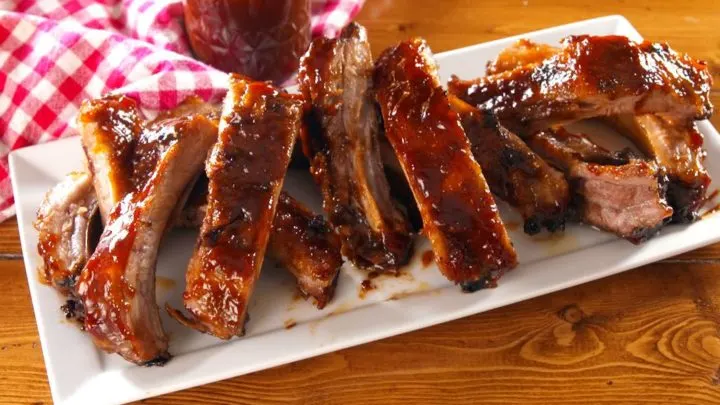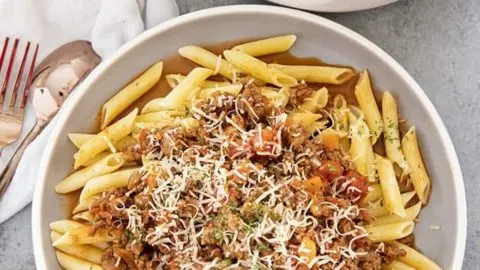Cabernet Sauvignon and similar reds that are high in tannins are some of the most popular wines in the world. But pairing tannic wine with food is not always an easy task, and often people get it wrong.
Tannic wines are sometimes misunderstood and/or feared by the general public. Probably because people keep trying to pair tannic wine with chocolate — I usually say there are no wrong answers and pairing is based on preference, but most chocolate with tannic wine is 100% a wrong answer 😂
This article is here to help you learn about tannic wine and how to best pair it with food. So let’s dive right in!
What is Tannic Wine?

Tannins come from the grape’s skin and seeds, as well as from wood barrels when a wine is aged. Tannins taste bitter and leave your mouth feeling dry, so tannic wines often NEED food in order to be appreciated. Otherwise, it’s like trying to drink sandpaper.
A lot of people think they like tannic wines, but a Cabernet Sauvignon from California usually isn’t all that tannic. When these same people try an actual tannic wine, they usually grimace and wonder why I’ve poured them a glass of sadness.
This is a fair reaction, because you don’t want to give someone a super tannic wine without any food to accompany it. However, when you pair these wines correctly, the bitterness is lessened and other beautiful qualities shine through.
Although all wine has tannins, including white wine, the strongest tannins come from leaving the grape in contact with its skin. Since white grapes generally have their skin removed immediately, their tannins are basically unnoticeable.
So, all of that said, let’s see what wine varietals are actually tannic and which wines aren’t.
High Tannin Wines
⟶ Petite Syrah, Syrah, Petit Verdot, Chateauneuf du Pape, Red Bordeaux, Pinotage, Monastrell, Sangiovese, Montepulciano, Cabernet Sauvignon, Mourvèdre, Nebbiolo, Tannat
Low Tannin Wines
⟶ Whites, Rosés, Merlot, Gamay, Pinot Noir, Barbera, Grenache, Schiava, Cabernet Franc, Carignan, Carménère
How to Pair Food with Tannic Wine
Tannic wines are some of the most age worthy, expensive wines in the world, so it’s worth knowing what to pair them with if you ever find yourself on a yacht or accidentally crashing a country club wedding.
That said, combining and contrasting flavors with these wines is complicated because they can be so powerful and dry, and a lot of food just can’t match the strength of the wine. This makes them some of the more difficult wines to pair with food, so the following pairing rule is the only one I would consider foolproof.
Contrast Tannic Wine With Fatty, Protein-Rich Foods
If you pair a super tannic wine with a light vegetable dish, the dish will enhance the dry, bitterness of the wine and make it taste astringent. Meanwhile, the wine will totally overpower your sad, helpless vegetables.
Tannic wines need to be paired fatty, rich dishes, which will soften the tannins and bring out the fruitier characteristics of the wine. Another reason this works is tannins cut through the fat in a dish by literally stripping away the fat from your tongue and cleansing your palate between each bite.
All of this said, pick the right fatty protein. Don’t pick salmon. Choose a slab of meat and then cook it the way you enjoy: roasted, grilled, smoked, baked. Your meat, your rules.
Recipes to Pair with Tannic Wine
And voila! Assuming you’ve read the first three articles on wine pairing (start here if not), you are now a beginner’s expert at pairing wine and food.
Keep in mind: it’s ultimately all about what YOU like. Pairing food and wine is supposed to be fun, and though there are general rules, there are a ton of exceptions that I encourage you to explore. At the end of the day, you’re just doing the best two things on planet earth: eating and drinking. So don’t be afraid of getting creative.
Unless it’s dry red wine and chocolate. Then be afraid.
Read Also:



